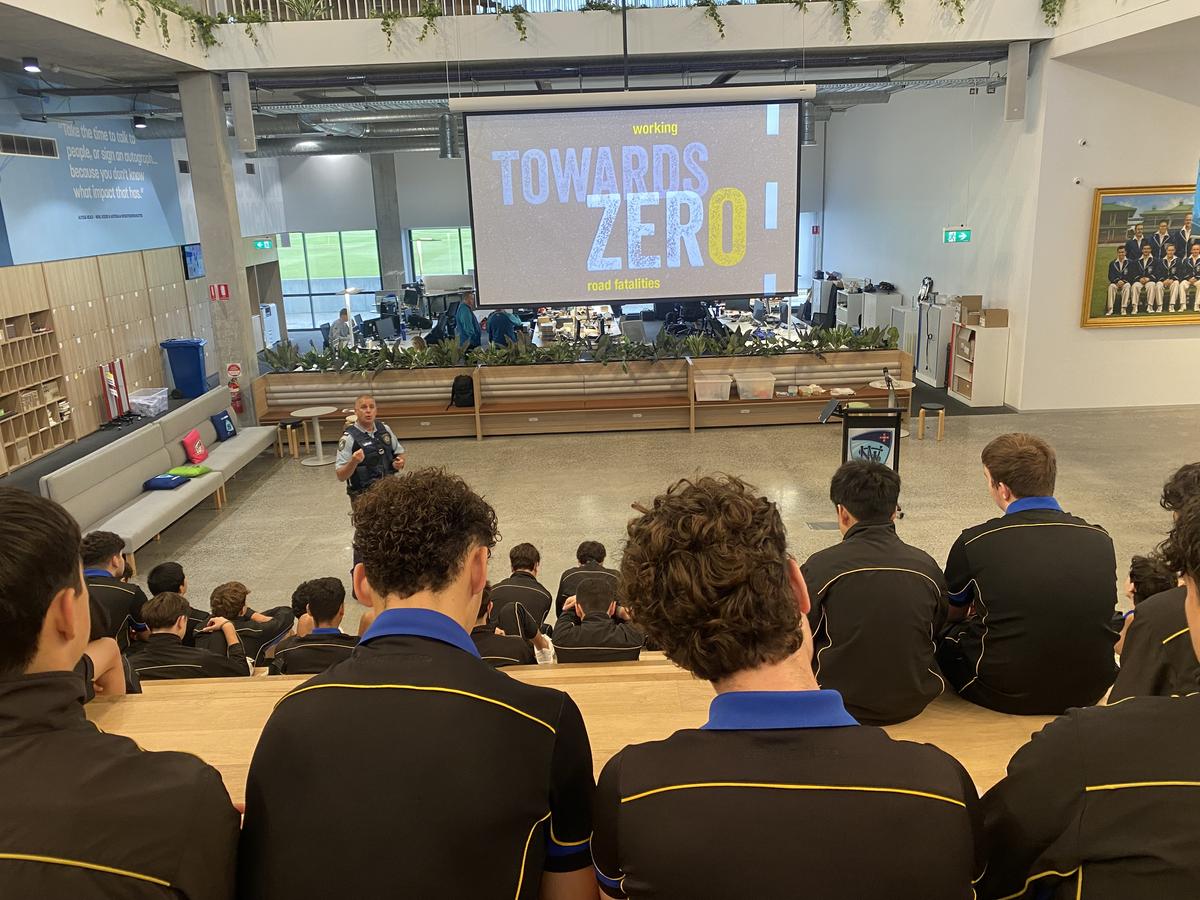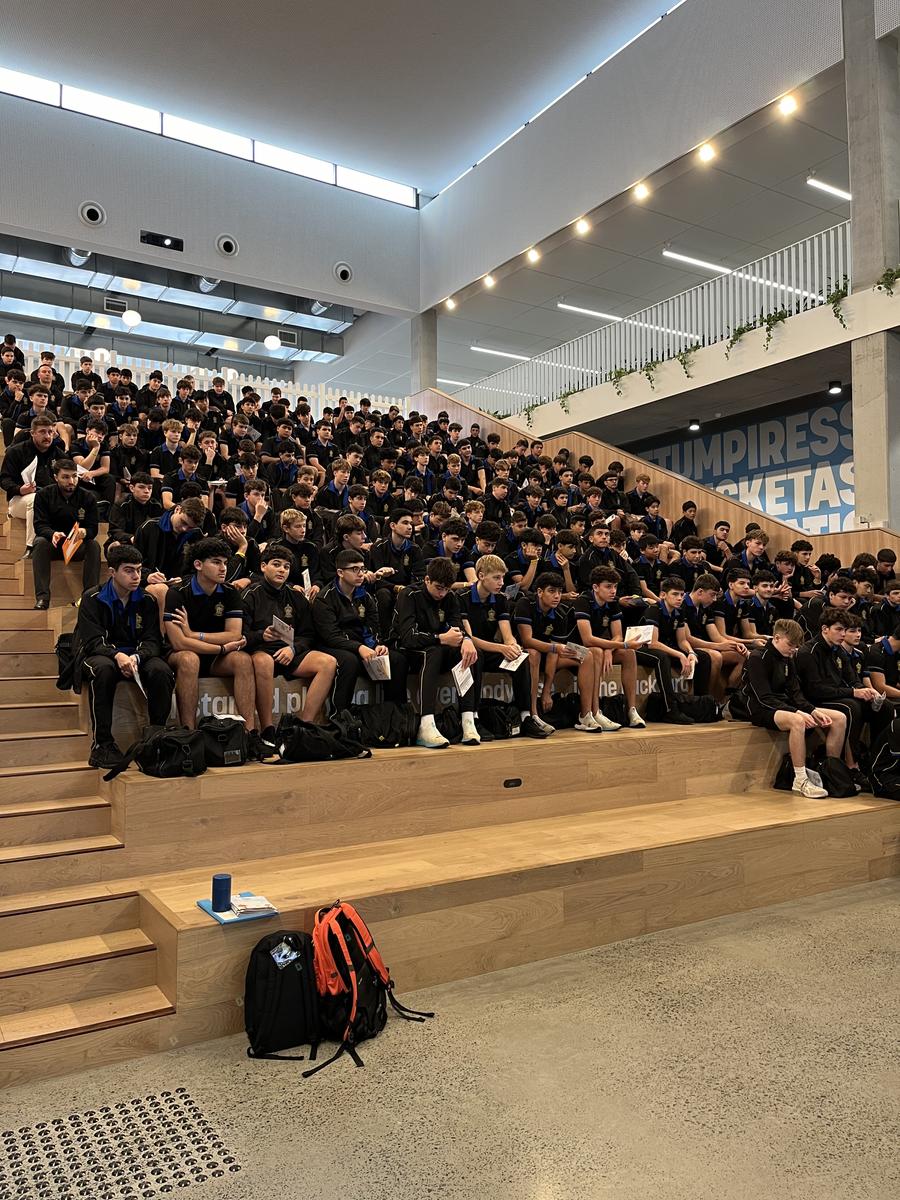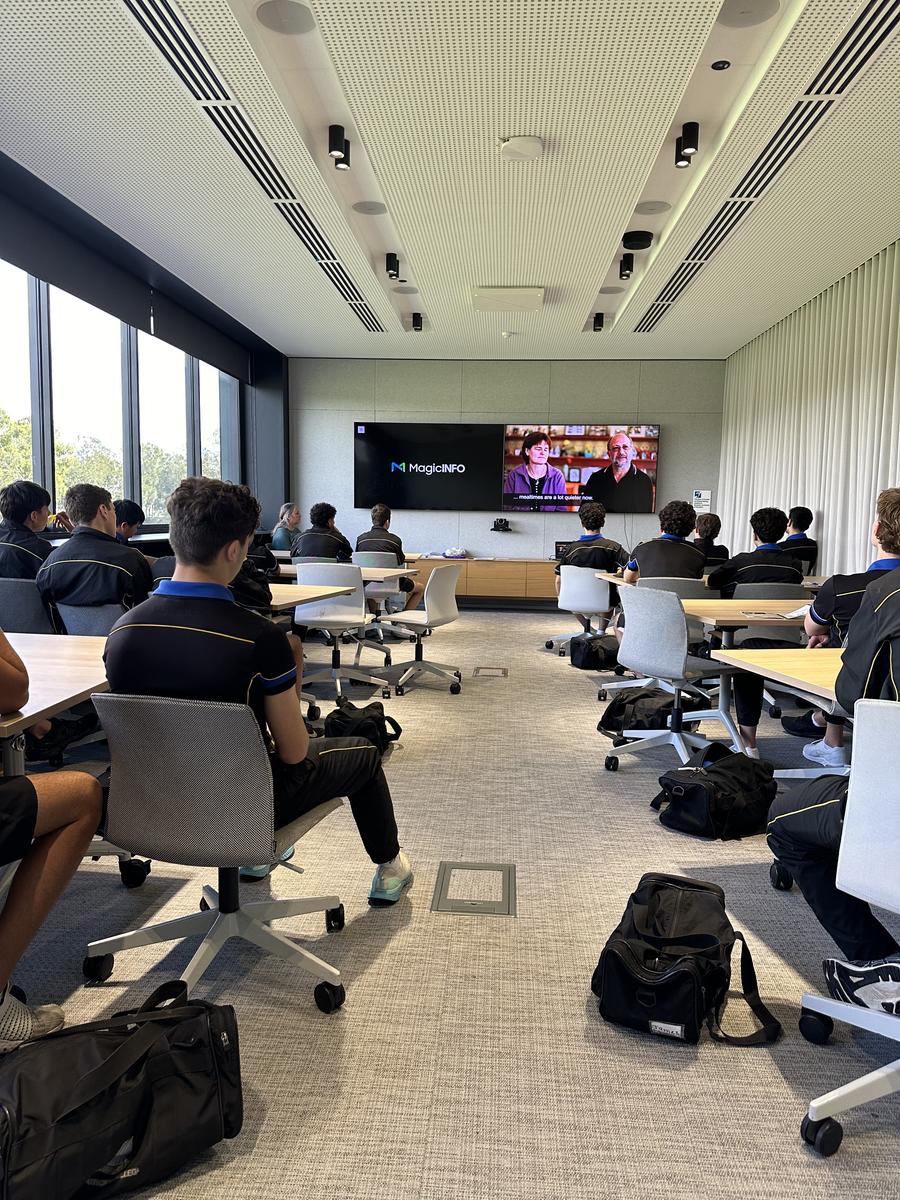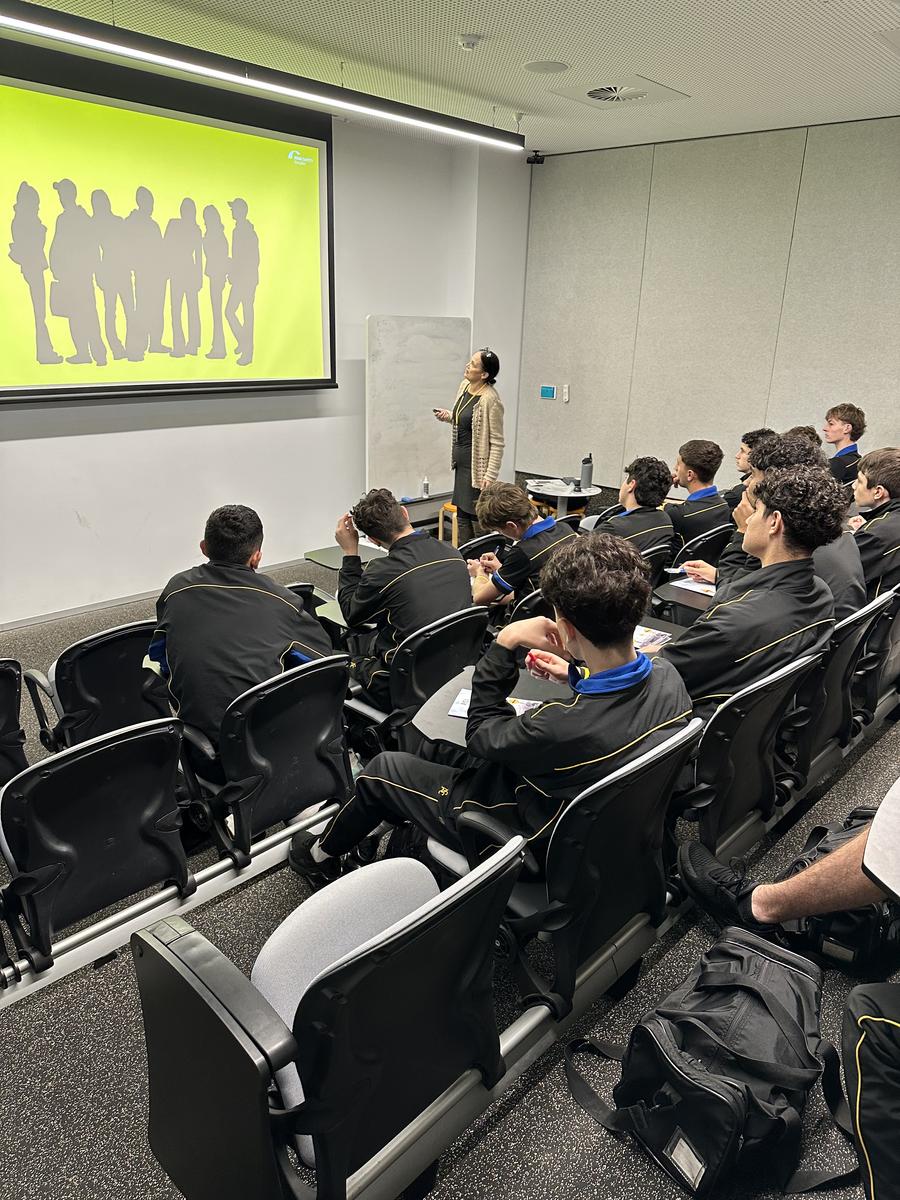Wellbeing - Senior School

National Walk Safely to School Day - Friday 10 May
This Friday 10 May is National Walk Safely to School Day, an annual campaign and event that encourages students and school communities to walk safely and regularly to school.
As part of this event, we want to emphasise crucial pedestrian safety messages that every member of our school community should keep in mind:
Be a Responsible Pedestrian: Whether you're walking to or from school, to the bus stop, or a friend's house, it's essential to be responsible. This means following traffic rules, using designated crosswalks, and always paying attention to your surroundings.
Choose a Safe Place to Cross the Road: Not all spots on the road are safe for crossing. Make sure to choose safe areas with clear visibility and where there are traffic signals or marked crossings. Avoid crossing between parked cars or near bends where drivers may have limited visibility.
Stop, Look, Listen, and Think Every Time You Cross the Road: These five simple steps can save lives:
- Choose a safe place to cross the road, such as a pedestrian crossing and stand one step back from the kerb.
- Before stepping onto the road, stop and make sure no vehicles are approaching.
- Look both ways to ensure it's safe to cross.
- Listen for any oncoming traffic, especially if visibility is limited.
- Finally, think about your decision and proceed only when it's safe to do so.
Stay Alert, Stay Focused, and Stay Aware: Distractions can be deadly when crossing the road and around driveways. Keep your eyes open, listen, and think, it's crucial to stay alert and focused on the task at hand.
Don’t be distracted by mobile devices and remove headphones:There is increasing concern about the near trance-like state students can apparently enter while using mobile phones and or headphones. Psychologists call this ‘divided attention’ or ‘inattentional blindness.’ Looking at the mobile phone screen or being distracted by sound coming through headphones can make a pedestrian forget about looking out for cars and missing sounds that could warn of danger and approaching traffic.
If your son uses these devices while travelling, talk about these safety tips:
- Put your mobile phone away when you are on your way walking, to reduce distractions.
- Be alert! Always stop, look, listen, and think before stepping out onto the road.
- Check for vehicles entering and leaving driveways.
- Don’t answer text messages while crossing a road.
By following these pedestrian safety messages, we can all contribute to creating a safer environment for pedestrians in our community. We encourage all parents and carers to reinforce these safety messages at home and to practice them with their children regularly.
By working together, we can create a safer environment for our students on National Walk Safely to School Day and beyond. Let's make every day a ‘Walk Safely to School’ day!
Robert Simpson
Director of Senior School
Year 10 RYDA Road Safety Education Workshop
On Tuesday 7 May, Year 10 attended the RYDA Road Safety Education workshop, focusing on driver, passenger and pedestrian safety. This experience was organised by both the Wellbeing Team and PDHPE Faculty, to build upon the content focus in their Road Safety unit, as well as to increase awareness of risk-taking behaviours, as they start to venture more on our roads.
The day consisted of six sessions, each involving presenters addressing different aspects of road safety. These included:
- The ‘I’ in Drive: focusing on how an individual’s personality influences and impacts decisions and risks on our roads. Students use a self-assessment tool to indicate and analyse risky situations and practice the sometimes-difficult act of ‘speaking up’.
- Speed and Stopping: unfortunately, due to the weather conditions, the students couldn’t see the physical representation of speed and braking distances. Nonetheless, the students were able to be hands on in identifying the safety features of motor vehicles, focusing on tyre tread and ANCAP safety ratings.
- Drive S.O.S: this focused on driving ‘So Others Survive’ and looked at the notion of peripheral vision. In this session, the boys needed to identify risk factors in a point of view simulation video.
- Mind Matters: delving deeper into the factors which lead to the unfortunate death of an inexperienced driver who tragically lost her life. In conjunction with inexperience, this session focused around ‘mood’ and the influence of how you’re feeling may determine driving behaviours.
- Road Choices: a discussion which was led by a police officer on key risk areas for young driver and passengers.
- Crash Investigators: students engaged with a story of a crash survivor and the long-term impact of his experience.
Overall, the day was a great success with students (and staff) all gaining a deeper understanding about how to stay safe on the road.
James Biviano
Year 10 Coordinator | PDHPE | TAS Teacher




